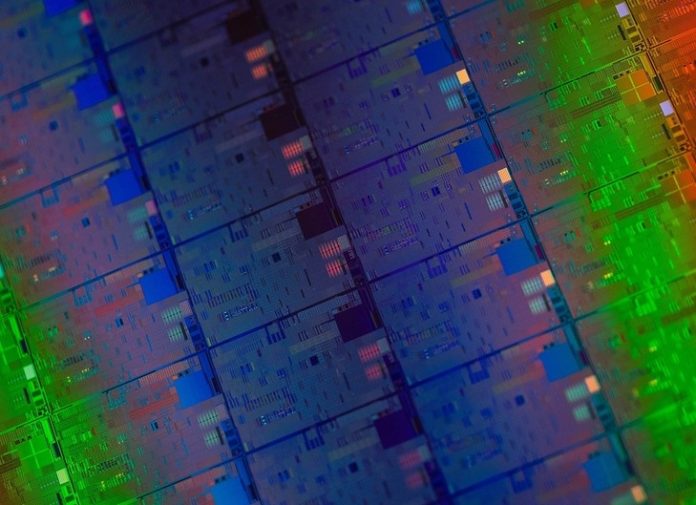The world has come closer than ever, and yet, we rely on classic communication devices that have limitations regarding size and cost and, especially, power consumption—which is directly related to greenhouse emissions.
The future of broadband can change and transform with Graphene. Researchers have invented a wafer-scale fabrication technology that allows integration into silicon wafers, engaging automation and opening doors to the large-scale production.
It is a great example of a collaboration fostered by the Graphene Flagship ecosystem. Through the Wafer-scale Integration Work Package and Spearhead Projects such as Metrograph, the Graphene Flagship promotes collaboration between academia and leading industries to develop high-technology readiness level prototypes and products, until they can reach market exploitation.
The new fabrication technique is allowed by the selection of single-crystal graphene arrays. It is predicted that by 2023, there will be 28 billion connected devices through 5G, all around the globe.
Moreover, the technique is compatible with the existing automated fabrication systems that will accelerate its industrial uptake and implementation.
Graphene-enabled photonic devices offer diverse advantages as they consume lights from UV to far-Infrared, thus, allowing ultra-broadband communications. Graphene devices have ultra-high mobility of electrons and holes, enabling data transmission that exceed the highest performing ethernet networks, breaking the barrier of 100 GB per second.
To give more fundamental sustainable solutions, reducing the energetic demands of telecom and datacom is the key. Currently, Information and communication technologies are responsible for nearly 4% of all greenhouse emissions, equal to the carbon footprint of the Airline Industry, projected to jump 14% by 2040.

